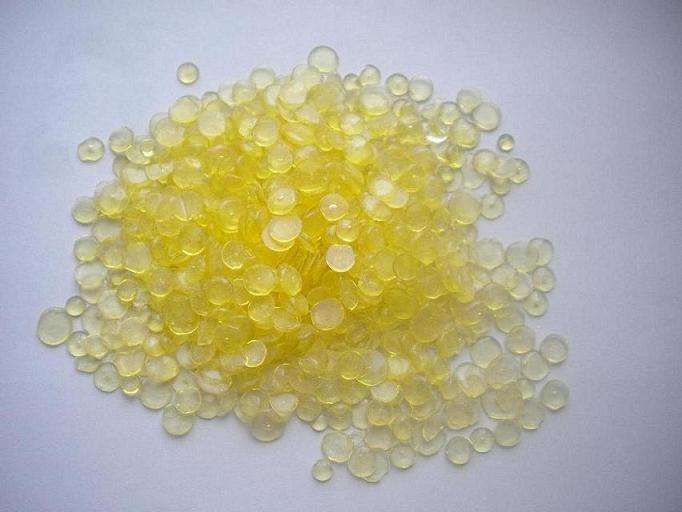

-
Support hotline:


News
Shandong Landun Petroleum Resin Co., Ltd.
Tel:0635-7888808
Add:Guyun Industrial Park, Liaocheng City, Shandong Province
C5 petroleum resin is a multifunctional epoxy resin made by polymerization of C5 as a by-product of cracked butadiene. Its number average content is between 300 and 3000. The key segment of this type of epoxy resin is aliphatic hydrocarbon structure, which has the characteristics of low acid value, good miscibility, moisture resistance, corrosion resistance and solvent erosion.

C5 petroleum resin classification
1Mixed carbon five petroleum resin: use the mixed carbon five fractions that have been basically separated and not separated as raw materials;
2Alicyclic carbon five petroleum resin: use piperylene fraction (piperylene extract) with a mass concentration of 50 to 70% as raw material;
Three-dimensional CPD petroleum resin: Using dicyclopentadiene (DCPD) as the key raw material, it is also called alicyclic hydrocarbon petroleum resin;
4 Copolymer petroleum resin: C5/C9 copolymer epoxy resin, or C5 and other chemical substance copolymer epoxy resin;
5 Modified materials C5 petroleum resin: Hydrocracking petroleum resin, or organic chemical modified petroleum resin such as isoamylene and maleic anhydride.
Preparation of C5 Petroleum Resin
The polymerization of carbon five fractions into petroleum resin is complicated, and belongs to positive ion polymerization. There are two preparation processes in industrial production: one is the catalytic reaction polymerization process, and Friedel-Crafts catalysts (such as BF3 and AlCl3) are generally used. This type of catalyst can also be complexed with organic substances such as phenol, human fat carboxyl, ether, aldehyde and alkyl aluminum chemical substances, and the obtained catalyst has higher specificity and more convenient application.
Its processing technology includes polymerization, catalyst deactivation, steam stripping or steam distillation to remove unproductive materials, etc. It is characterized by sensitive reaction and soft standard, but when the resin adsorbs the catalyst, it is easy to cause emulsification and cause a lot of sewage. The other is the thermal polymerization processing technology. Its advantage is not to use a catalyst, and the processing technology is simple and economical. The defect is that the temperature and working pressure are higher, the color of the product is darker, and the discomfort is used in some industries.